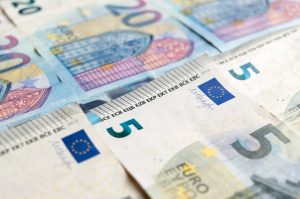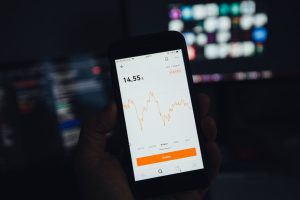Forex, or foreign exchange, is the largest and most liquid market in the world, with daily trading volumes reaching trillions of dollars. Institutions, such as banks, hedge funds, and large corporations, are significant participants in this market, accounting for a large portion of the trading activity. In this article, we will discuss how institutions trade forex and the strategies they use.
First, it is important to understand the role of institutions in the forex market. These entities trade forex to manage their exposure to currency risk, speculate on currency movements, and earn profits from the market. For instance, a bank that operates in multiple countries may need to convert currencies to conduct business transactions. Similarly, a hedge fund may trade forex to generate returns for its investors.
Institutions trade forex through various channels, including interbank markets, electronic trading platforms, and over-the-counter (OTC) markets. Interbank markets refer to the network of banks and financial institutions that trade with each other directly, without intermediaries. Electronic trading platforms, such as EBS and Reuters Dealing, allow institutions to trade currencies electronically and anonymously. OTC markets, on the other hand, involve transactions between two parties without a centralized exchange. These markets offer more flexibility and customization but are less regulated than exchange-traded markets.
Institutions use a range of trading strategies to trade forex, depending on their objectives and risk appetite. Some of the common strategies include:
Carry Trade: This strategy involves borrowing a currency with low interest rates and investing in a currency with higher interest rates. The idea is to earn the interest rate differential between the two currencies while also profiting from any appreciation in the higher-yielding currency. Institutions usually use leverage to amplify their returns, making this strategy risky but potentially profitable.
Trend Trading: Trend trading involves identifying the direction of the market trend and trading in the same direction. Institutions use technical analysis, such as moving averages and chart patterns, to identify trends and entry/exit points. This strategy can be profitable if the trend continues but can result in losses if the market reverses.
News Trading: News trading involves trading based on economic events and news releases, such as interest rate decisions, GDP reports, and employment data. Institutions closely monitor these events and trade based on their impact on the currency markets. This strategy can be profitable if the news release is in line with expectations but can result in significant losses if there is a surprise.
Arbitrage: Arbitrage involves exploiting price discrepancies between different markets or instruments to earn risk-free profits. Institutions use sophisticated algorithms and high-speed trading systems to identify and execute arbitrage opportunities. This strategy is low-risk but requires significant technological and financial resources to implement.
Institutions also use various risk management techniques to manage their exposure to currency risk, such as hedging and stop-loss orders. Hedging involves taking offsetting positions in different currencies to reduce the overall risk. For instance, a company that exports goods to Europe may hedge its currency risk by buying euros in the forex market. Similarly, institutions use stop-loss orders to automatically close their positions if the market moves against them beyond a certain point.
In conclusion, institutions are significant players in the forex market, trading for various reasons and using a range of strategies. They trade through different channels, including interbank markets, electronic trading platforms, and OTC markets. Institutions use various risk management techniques to manage their exposure to currency risk and protect their capital. As the forex market continues to evolve, institutions will continue to play a critical role in shaping its dynamics.






